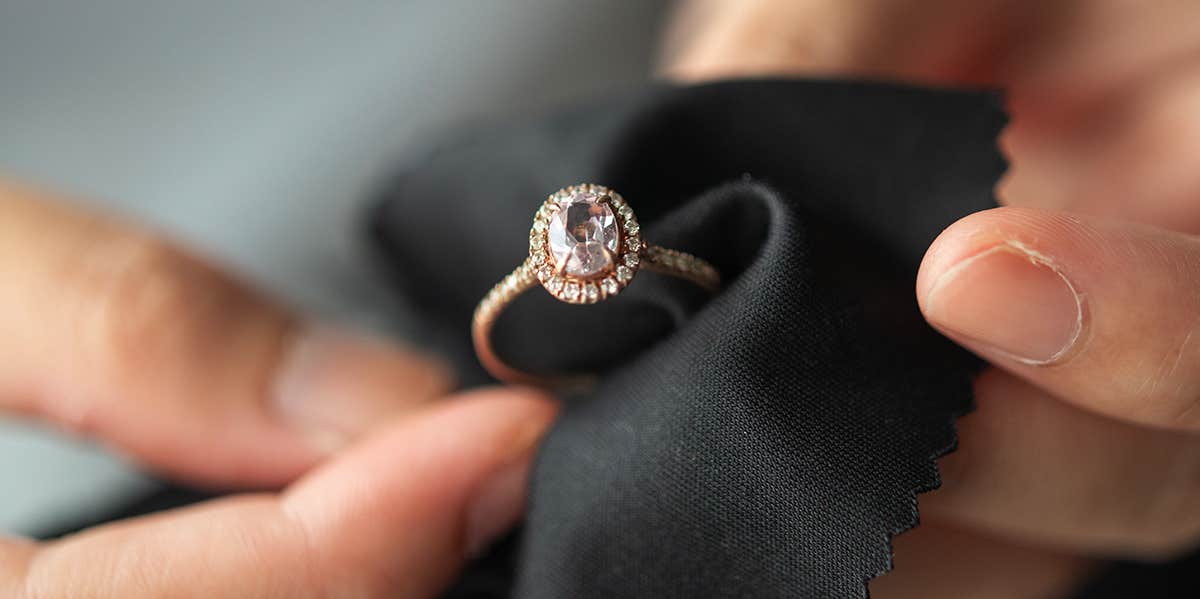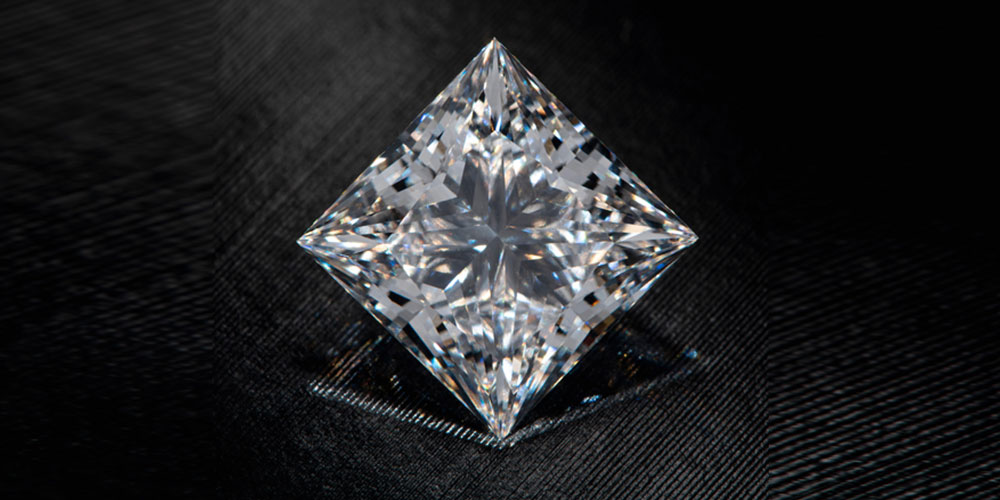
When it comes to diamonds, the sparkle is undeniable. Whether you’re popping the question, celebrating an anniversary, or just treating yourself, diamonds have a way of capturing our hearts. But with the rise of lab-grown diamonds, the age-old debate begins: lab-grown vs. real diamonds—what’s the difference, and which one should you choose? Let’s dive into the world of diamonds and uncover the truth.
What Are Lab-Grown Diamonds?
The Creation Process
Lab-grown diamonds, also known as synthetic or cultured diamonds, are made in controlled environments. Using advanced technology, scientists replicate the natural conditions under which diamonds form in the earth. This process typically involves two methods: High Pressure High Temperature (HPHT) and Chemical Vapor Deposition (CVD). Both create real diamonds, just like those mined from the ground.
Types of Lab-Grown Diamonds
Lab grown diamonds vs real diamonds come in various forms and qualities. You might find those that match natural diamonds in every aspect—clarity, cut, and carat weight. Some even have unique colors, thanks to the controlled environment. So whether you want a classic white diamond or something with a hint of pink, lab-grown options abound!
What Are Real Diamonds?
Natural Formation
Real diamonds are formed over billions of years deep within the Earth’s mantle, subjected to extreme heat and pressure. They come to the surface through volcanic eruptions, and each one carries a unique story. It’s this natural formation that gives real diamonds their allure and rarity.
Types of Real Diamonds
Natural diamonds also vary widely. From fancy colored diamonds, which can fetch astronomical prices, to industrial diamonds used in tools and machinery, there’s a whole spectrum out there. Each type offers different characteristics and prices.
Key Differences Between Lab-Grown and Real Diamonds
Origin
One of the biggest differences lies in their origin. Lab-grown diamonds are created humans in a lab, while real diamonds are a product of nature. This difference can influence how people perceive their value and authenticity.
Cost
Cost is another significant factor. Lab-grown diamonds are often 20-40% cheaper than their natural counterparts. Why? Because they can be produced on demand and don’t have the same rarity as real diamonds. For those on a budget, lab-grown diamonds can be a fantastic alternative.
Environmental Impact
The environmental impact of diamond mining has been a hot topic. Natural diamond mining can lead to land degradation and pollution, while lab-grown diamonds are generally seen as a more sustainable choice. That said, not all lab created diamonds processes are eco-friendly, so it’s essential to do your homework.
Durability and Quality
When it comes to durability, both lab-grown and real diamonds score high on the hardness scale—10 out of 10! They’re practically indestructible. However, you might notice differences in inclusions and imperfections. Lab-grown diamonds can sometimes be too perfect, leading some to prefer the unique character of a natural diamond.
Gemological Properties
In terms of gemological properties, both types of diamonds have the same chemical structure—pure carbon. They both reflect light beautifully, so whether you choose one or the other, you’ll be getting that iconic sparkle.
Buying Considerations
Purpose of Purchase
Why are you buying a diamond? Is it for an engagement ring, a fashion statement, or perhaps a family heirloom? Your intention might influence your decision. Lab-grown diamonds can be perfect for everyday wear, while natural diamonds often hold sentimental value.
Setting and Style
Consider the setting too! Some designs pair better with natural diamonds, while others may shine just as brightly with lab-grown ones. Choose what resonates with your personal style.
If you’re looking for beautiful and unique diamonds, visit us at novitadiamonds.de. Click the link to browse our collection and place your order today!
Resale Value
Think about resale value. Generally, natural diamonds hold their value better than lab-grown ones. If you’re considering future resale, this could impact your choice. However, trends are changing, and lab-grown diamonds are gaining acceptance in the market.
Common Myths Debunked
Lab-Grown Diamonds Aren’t Real
Let’s clear this up: lab-grown diamonds are real! They are chemically and physically identical to natural diamonds. If anyone tells you otherwise, they’re mistaken. The only difference is how and where they were made.
They’re All Perfect
Another myth is that all lab-grown diamonds are flawless. While many lab-grown diamonds are near-perfect, they can still have inclusions. Just like their natural counterparts, the beauty often lies in their uniqueness.
Conclusion
In the end, the choice between lab-grown diamonds and real diamonds comes down to personal preference. Both options have their perks and pitfalls. Lab-grown diamonds offer affordability and sustainability, while real diamonds carry a sense of history and rarity. Whichever you choose, make sure it aligns with your values and desires. After all, a diamond—whether grown in a lab or formed deep within the earth—should represent something beautiful and meaningful in your life.



